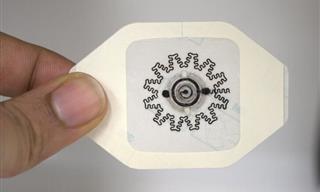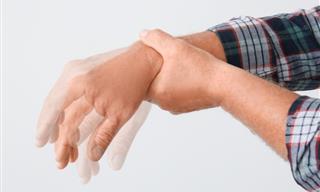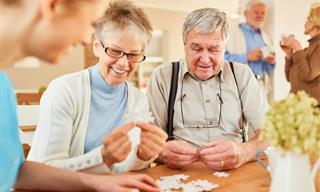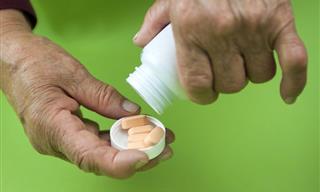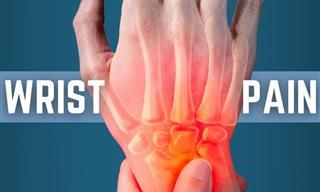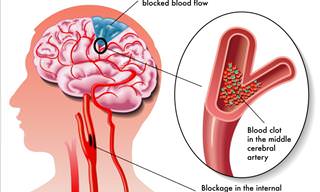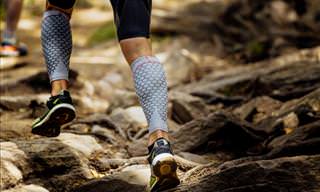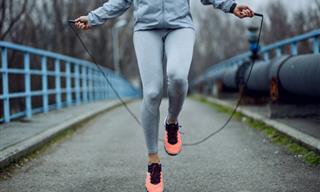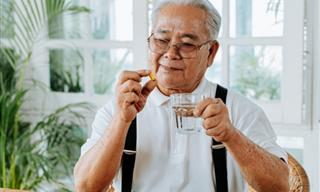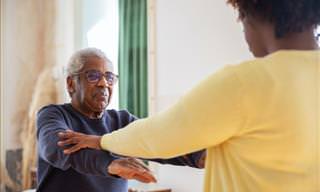How to Select Exercises For Your Level
During the early stages of stroke recovery, patients usually exercise with the assistance of physical therapists. But when you return home, you’re on your own. Exercise will ensure that you keep improving your physical health and regain the ability to complete everyday tasks. But before you start exercising, it’s important to assess your fitness level.
Your doctor or physical therapist will be able to guide you through this process and let you know if a specific new exercise is right for you. Generally speaking, passive stretching (also called assisted exercises) is the best approach for patients experiencing paralysis, whereas those with partial movement will benefit more from active exercises.
Both assisted and active exercises are effective for stimulating neuroplasticity, which is the brain’s ability to heal itself. The more reps you do every day, the better - the brain requires regular movement and stimulation to restore the injured neural connections. Below, we list 7 exercises beneficial for stroke patients in-home recovery.
1. Shifting your weight from side to side
This first exercise involves shifting your weight from side to side in a seated position. It’s suitable for patients who wish to improve their balance while sitting after a moderate or severe stroke. It’s possible to make this exercise more complicated by practicing it on a stability ball. Follow these steps to complete the exercise and consult the video above for more details:
1. Sit upright in a chair.
2. Shift your weight to the left side, making sure to engage the core. Hold for 5 seconds.
3. Move back to the center and repeat the exercise on the right side.
Repeat this exercise 10-30 times on each side.
2. Upper body rotation
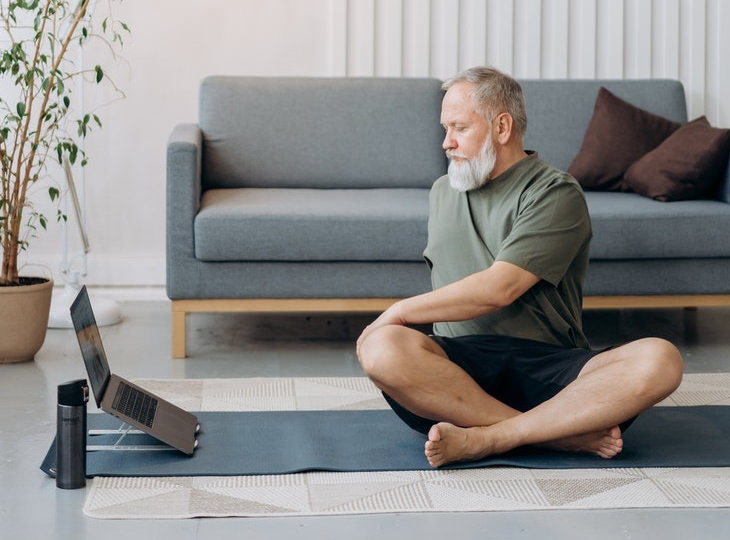
This exercise is helpful for all levels. Like the previous exercise, it promotes core strength and balance in a seated position. There are two ways to do this exercise: the easier option is to do it in a chair, whereas the more advanced option can be done while sitting down on the ground. Follow these steps to complete the exercise:
1. Sit upright, and then put your left hand on the right thigh or knee.
2. Use your arm as a guide and rotate your torso to the right side. Suck your belly in and try to move from your core. Don’t twist too far, you should feel no pain or discomfort while doing this exercise.
3. Move back to the center and repeat the exercise on the opposite side.
Repeat this exercise 10-15 times on each side.
Related Article: Study Finds There’s No Age Limit to Start Strength Building Exercises
3. Hip flexes while lying on the side
This mobility exercise targets the hip muscles, in particular, so it is especially helpful for those experiencing weakness and tension in the hips or the lower back. If you find it difficult to roll over or stand up from a bed, this exercise trains the muscles that will make these movements easier. Follow these steps to complete the exercise and consult the video above for more details:
1. Lie down on a firm surface, with the side not affected by the stroke down. If lying down on your side is strenuous for your neck, support the head with a pillow or folded blanket.
2. Check that your hips are aligned one on top of the another.
3. Bend the top knee and move it up as far as it feels comfortable. You can use one of your hands to guide and support the knee. You can also let the knee rest on the floor for a few seconds while it’s bent. Keep the lower leg straight.
4. Straighten the top leg and return to the initial position.
Repeat this exercise 15-20 times.
4. Knees to chest

The knee-to-chest movement improves balance and promotes core strength. Thus, it’s beneficial at preventing falls, but it may be more difficult for those who have experienced a moderate or severe stroke, so proceed with caution. A sign that you shouldn’t do this pose is the lower back lifting off the floor as you raise one or both legs.
Like in some of the previous exercises, you have two options for doing this exercise: you can either lift one leg at a time or both legs simultaneously. Start by lifting only one leg, and if you feel confident in the posture, you can try it with both legs. Follow these steps to complete the exercise:
1. Lie down on your back, and then slowly guide the left leg towards your chest. Don’t worry if your thigh doesn’t meet the chest. Over time, you will see a gradual improvement in your flexibility. Suck your belly in as you raise the leg and make sure that the lower back isn’t lifting off the ground.
2. Release the leg and let it return back onto the ground. Switch sides.
Repeat this exercise 10 times on each side.
5. Stress ball exercises
Hand exercises are an important part of stroke recovery because they can help improve your hand strength, grip, and dexterity, all of which are essential for completing everyday tasks. These exercises can also be helpful at reduce muscle stiffness in the hands and fingers. For the exercises mentioned in the video above, you’ll need a stress ball or any other small and pliable ball that fits in your hand.
Follow the video above to complete the exercises, or simply practice gripping and squeezing the ball with the affected hand several times. You can also try pinching the ball with just the index finger, middle finger, and thumbs. Both of these exercises mimic movements like grabbing cups or containers, so practicing them is very useful.
Related Article: 6 Persistent Myths about Exercising in Your Golden Years
6. Shoulder blade stretch
If you’re experiencing tension and pain in your arms, shoulders, and hands, you will benefit from strengthening the small muscles that stabilize the shoulder blades. This protraction exercise targets specifically these muscles, reducing the tension in your upper body and improving your overall posture. Follow these steps to complete the exercise:
1. Sit upright in a chair, raise and extend your arms parallel to the earth.
2. Make sure that the arms are at about shoulder height. Clutch your hands together, and start bending the neck forward until you feel a pleasant stretch.
3. Hold this position for 5 seconds, and then release and relax your arms. Rest for a minute or so.
Repeat this exercise 7-10 times.
7. Seated leg extensions
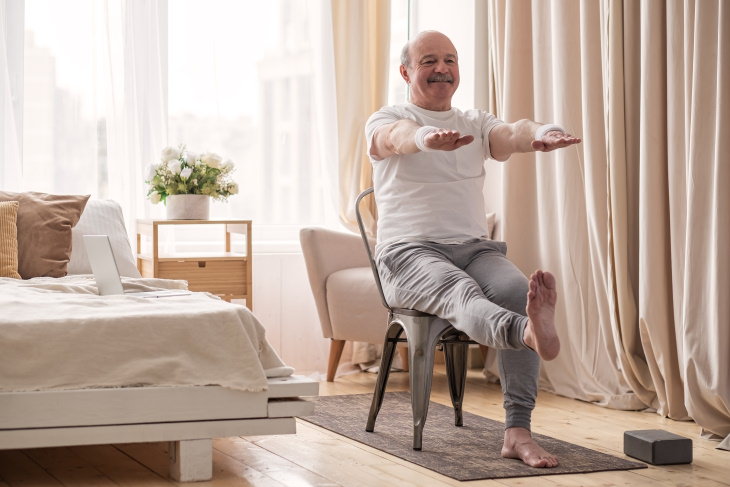
Stiff knees are the biggest culprit behind balance problems, especially while walking, so working on your knee stability is an excellent method of preventing falls and fall-related injuries. This last move is best suited for those who are in better physical shape, so avoid doing this exercise if you experience any pain or other limitations while completing this move. Follow these steps to complete the exercise:
1. Sit upright in a chair with both feet firmly on the floor.
2. Lift your right foot up, straightening the knees as much as you can, imitating a kicking motion. Don’t worry if you can’t completely straighten the leg - it’s actually safer for the knee joint to maintain a soft bend in the knee.
3. Move your leg back to the initial position. Switch sides.
Repeat this exercise 5 times on each side.
Share these exercises with those who will benefit from them!
 Go to BabaMail
Go to BabaMail













